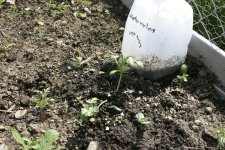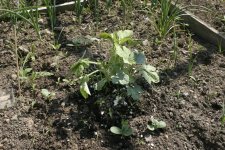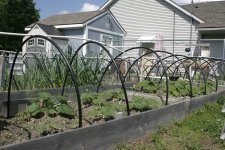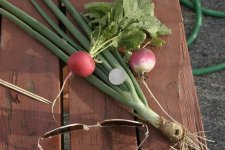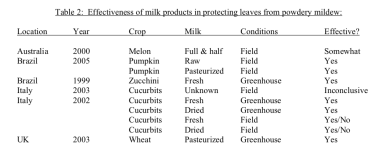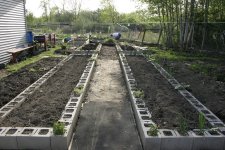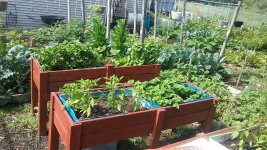tomjasz
1 GW
Congratulations on the hot house. The more people that can see food growing the better. Looking back into the 40’s we didn’t hide wars and everyone contributed. Home gardens were everywhere. I grew up in the 50’s when there were still remnants. Every kid needs to borrow a slat shaker or gave a little baggie of sugar, then swipe some eats in the middle of the night. They will never taste better. I guess these days the cynic in me fingers someone is more likely to damage my garden with easy access. Now that school is out the entomophobic kids will be plucking flowers. I helped some girl# make little arrangements, but they tossed them. Giggling, likely about the creepy old flower guy. I tried.


